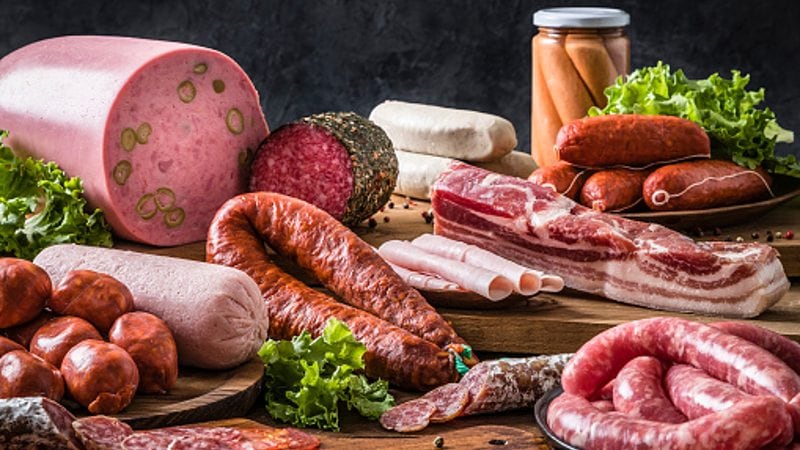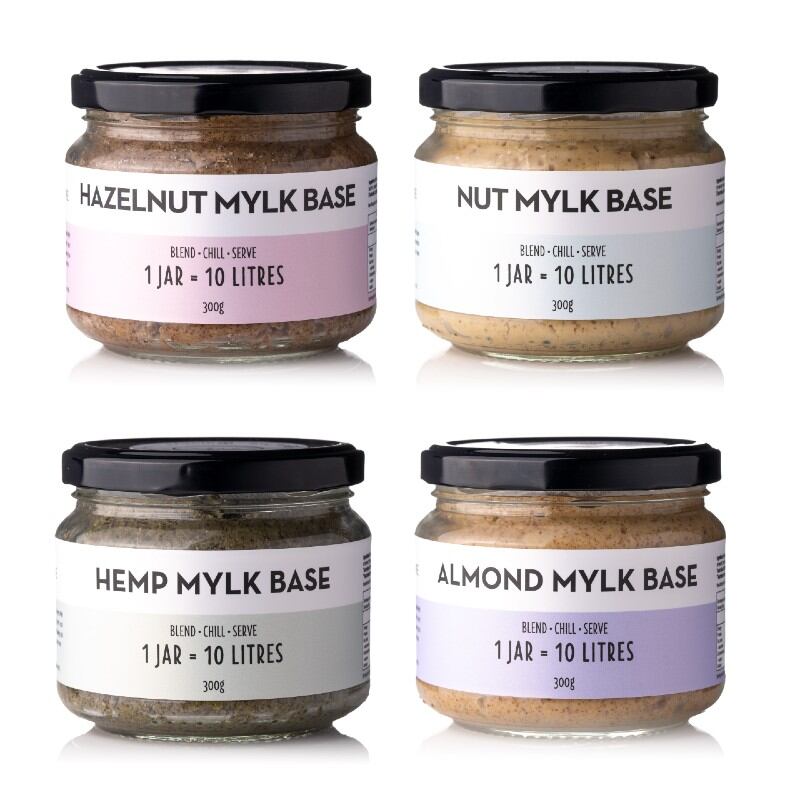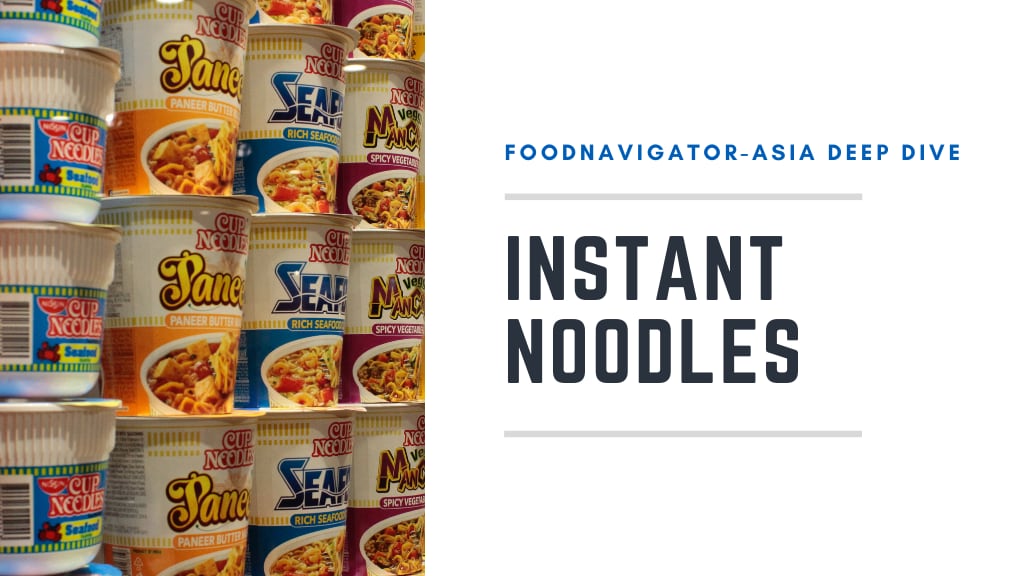With clean label and free from trends rapidly growing across the APAC region, particularly in economically advanced markets such as Australia, consumers are showing increased demand for food products which are both less processed and contain no unnatural additives.
The processed meat industry in particular has long suffered a poor reputation over products such as sausages and hams due to the inclusion of additives such as nitrates and nitrites, which many believe have various negative health impacts from being a carcinogenic risk to increasing risk of heart disease.
This, in addition to rising competition that the industry is facing from novel alternative meat products such as plant-based meats, have led the meat sector to search for methods to make products that are more clean label.
Australian meat industry body Meat and Lifestock Australia (MLA) and the Commonwealth Scientific and Industrial Research Organisation (CSIRO) thus recently conducted government-funded research on potential technologies to create clean label processed meat products in hopes of finding the optimal solution.
MLA Program Manager for Food Innovation John Marten confirmed that the main driving factor for the industry to create clean label products is rising consumer awareness and factors affecting their purchasing choices.
“Consumer demand will ultimately be the driver for continued investment into cleaner technologies that deliver similar shelf life [for meat products] without the use of traditional preservatives,
he told FoodNavigator-Asia.
“There is currently no standard definition or regulatory framework that dictates what ‘clean labels’ must contain, though it is understood that from a consumer perspective several factors are important [including] transparent and readable ingredients; low in salt, sugar and free from artificial ingredients; sustainable and clear packaging; identification of wellness attributes relating to overall health (e.g. protein, wholefood, balanced diet).
“Brand-owners procuring and value-adding Australian meat are well placed to build upon the current ‘clean and green’ Australian red meat credentials – [Clean] labelling and clean technologies will [enable] provisions for Australian red meat [in] the value added category.”
Various technologies were analysed, but the researchers believe that high pressure processing (HPP) is the most likely to be adopted in the nearest timeframe.
“We believe a combination of natural ingredients and processing technologies would be best suited to produce clean label meat products [with] HPP being most likely the tech platform that will see [the most] increased adoption,” the study’s lead researcher, CSIRO’s Dr Aarti Tobin, told FoodNavigator-Asia.
“An example that can be used here is sausages, where HPP was found to be the technology best suited [for its cleaner manufacturing as] we found that we could improve the functionality of meat protein (similar to how salt and phosphate act on it) by treating it with HPP, hence removing the need to use high levels of salt and phosphate to form the bind [needed to make] the product.
“To encounter the multi-functional property of nitrite [e.g. the preservation function for food safety], the cooked products could be treated by HPP with heat to ensure product safety against food poisoning bacteria, particularly the Clostridium botulinum that nitrite is effective against.”
HPP is currently believed to be the most effective tech for sausages and deli meat products including ham and corned beef, but not yet for more ‘complicated’ products such as burger patties or minced meat, so the search is still on to find the best clean technology for this.
“With any minced product, having a high surface area typically leads to fast discolouration and higher microbial levels than whole muscle cuts,” said Marten.
“Finding ways to cover this makes this a difficult challenge other than post pack pasteurisation which results in blanching the product and losing the raw appearance [so efforts to find the optimal clean label technology for these are still ongoing].”
Cost the main challenge in going clean label
That said, it is currently still too soon to expect sausage and deli meat firms to remove nitrites from their ingredients lists and turn to HPP, as the costs and investments required to make this shift are significant, and would take time to complete even if firms had this intention.
“HPP is currently still an expensive technology to incorporate [into a business] – firms would need a minimum of A$1mn (US$748,829) to A$2mn (US$1.5mn) investment for a small unit and the cost increases as the size of the HPP unit increases,” said Dr Tobin.
“At this stage, the tech is also still at the batch process or at best semi-continuous stage, so [output would not be at maximum for the firms].
“To date, HPP is generally used for post pack pasteurisation [and] to use it for improving functionality of the raw [meat] emulsion, companies would require two units – one for raw processing (HPP without heat) and for the post-pack cooked products (HPP with heat) – so that would be another round of costs.”
However, he still believes that HPP is the tech with the most potential to be adopted by the industry in the near future to make clean label processed meat products when the time comes as the other technologies examined such as high pressure thermal processing (HPTP) or ultrasound appear even further away from widespread commercial in the sector at this point.
Plant-based meat competition
When asked about the risk of the meat industry losing market share to plant-based meats if consumers’ clean label concerns are not addressed in time, Marten responded by highlighting that the consumption of ‘plant-based fake meat products’ remains very low in Australia.
“In Australia, plant-based fake meat consumption accounts for just 0.3% of total fresh meat and alternate protein sales,” he said.
“These fake meat products manufactured from plants are also highly processed – [they are] made from a combination of protein isolates, concentrates, flour, fungi, oils, salt, spices, seasonings and other plant derivatives including starches and common food additives.”





